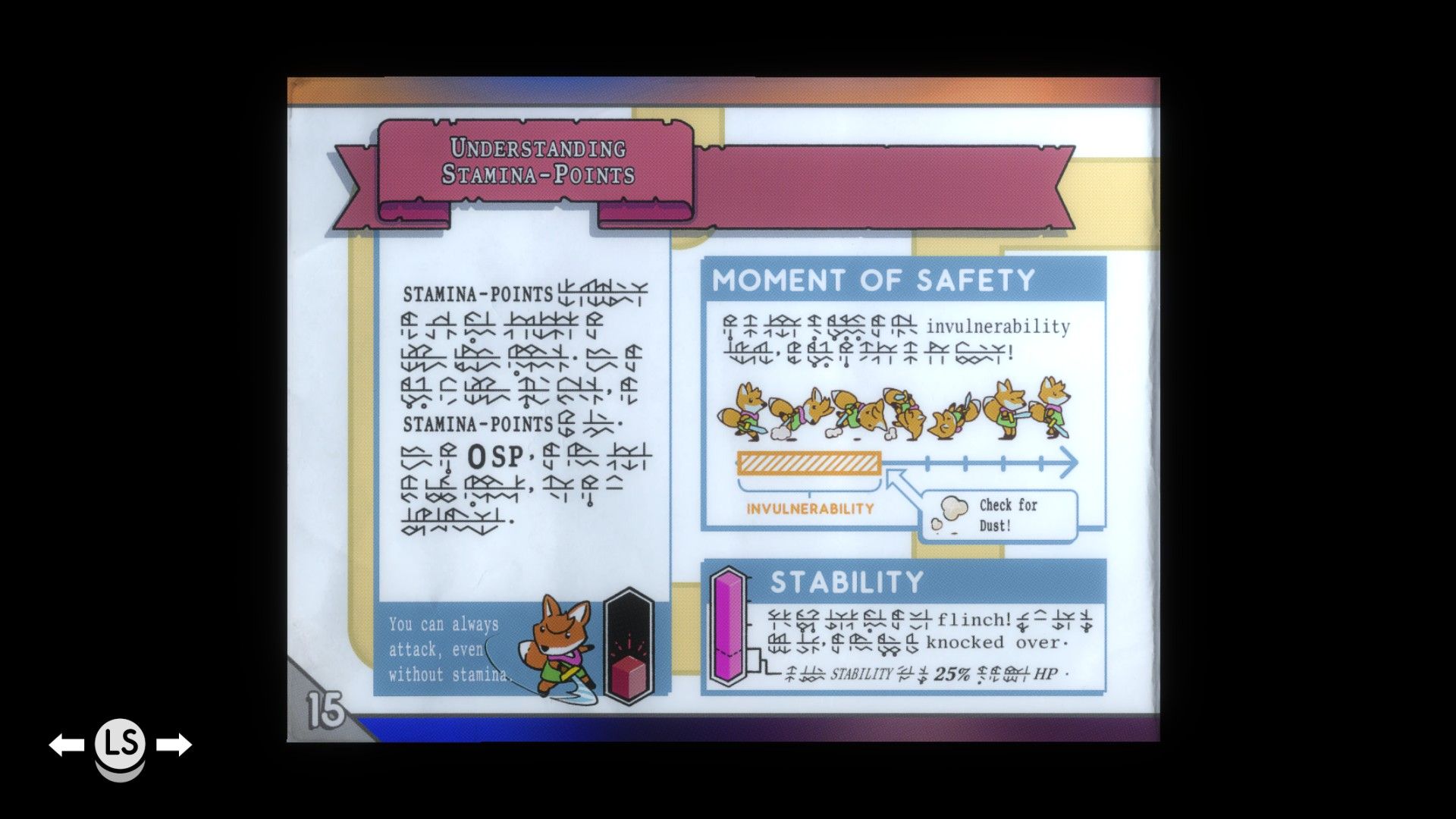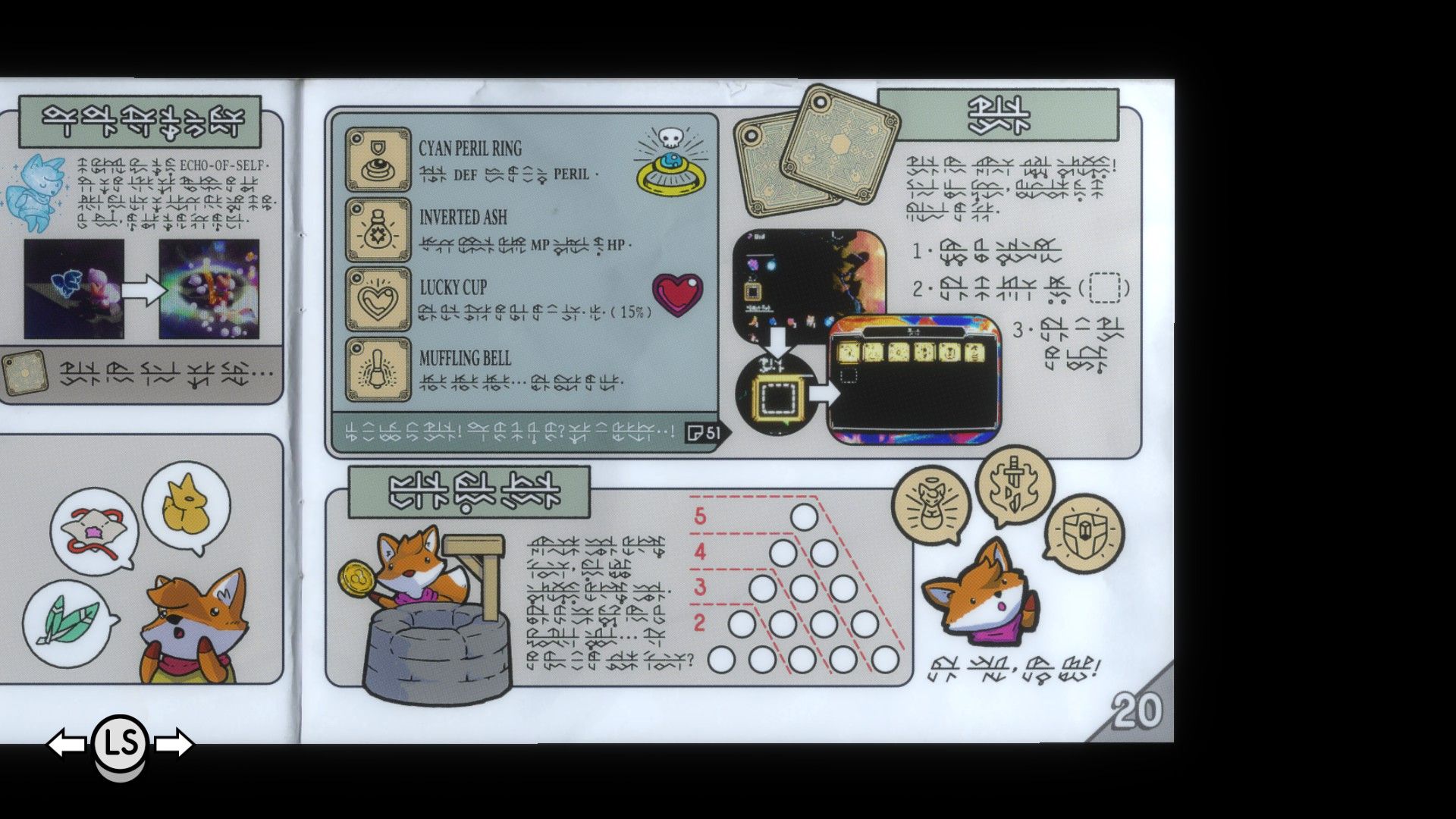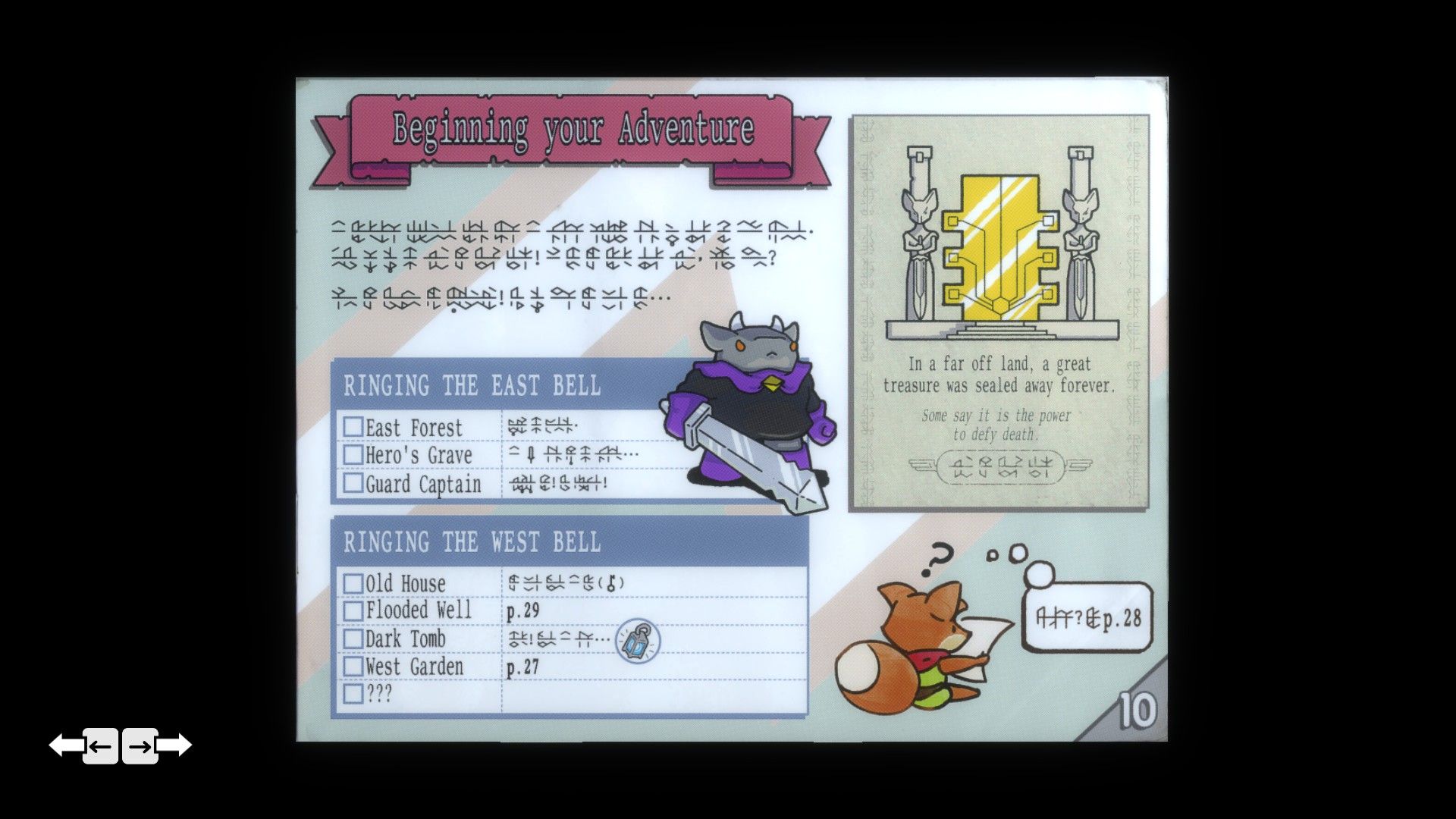Strategy guides became a bit of a lost art when games went digital; that is, when digital games began to take precedence over physical or retail versions of games. These were more than just booklets with basic instructions on how to play the game, and as they lost cultural relevance to online guides and such, gone, too were the pages of meticulously illustrated, full-coloured artwork and wildly imaginative prose about the game and its setting in these books. Take Earthbound, for instance, which originally came with a chunky tomb of a booklet that included a detailed travel and shopping guide of its cities, mock newspaper clippings, and comprehensive maps that hint at the scale and playfulness of the game. Even the decades old games such as as Life & Death 2: The Brain released in 1990—a medical simulator about conducting highly elaborate brain operations—came bundled with a corporate-looking welcome letter by the fictional Chief of Neurosurgery, on top of a booklet that’s referred to as the “operating procedures manual”.
Then there was the original SimCity strategy guide released in 1989, which is referred to as the SimCity Planning Commission Handbook. It’s essentially a hefty compendium on urban planning, including a chapter on traffic, the history of city planning, and elaborate theories of population growth—complete with mathematical formulas and graphs. You’ll be hard-pressed to find strategy guides like these for modern games these days, really.
Thus Tunic sought to bring back the heyday of classic gaming with an inventive gimmick: an in-game instruction manual and strategy guide. It felt like a novel idea. Eschewing the somewhat arbitrary concept of tutorials and overwrought introductions that would clue players in about the game and its universe, Tunic instead chooses to let them discover all these stuff on their own: by peppering the landscapes with glowing pages that they can pick up, much like collectibles strewn across the lands to encourage exploration. The idea, of course, is for players to gradually collect these pages, with information about the grand quest unfolding as more of its world is revealed. The first few pages they collect wouldn’t divulge too much about Tunic too quickly; these would simply be akin to the first chapter of most game guides, such as the controls you’ll need to navigate this properly, and some tips and suggestions towards your first few objectives in the hero’s journey. And what a brilliant manoeuvre this mechanic is. As the beating heart of Tunic’s whimsy, it’s surprisingly in line with the game’s bucolic atmosphere, with this conceit conjuring a sense of wonderment, curiosity and nostalgia. This ambience, in fact, is very much like that of the game’s progenitor: the classic Zelda games.
Among these pages, which are filled with stretches of hand-drawn illustrations of its environments and mythic structures, are also some runic characters that are never quite deciphered in the game. That is the predominant language used in Tunic, which can also be found in signages and dialogues. Some diagrams and symbols, as well as a smattering of English words, are included within these pages, but it’s clear that you’re supposed to infer the meaning behind these mysterious script with these bits. And if you can’t figure that out? Grab a friend and dissect these together (or you know, you can just search Reddit for someone smarter to figure all these out for you). Without making the meaning of these words completely tangible, Tunic also becomes a shared, communal experience, a game meant to be feverishly discussed with friends and family.
It’s this wonderful homage to this golden era of gaming that suggests that this book would most probably be released in physical form eventually. Or, at least, it should anyway. After all, how can we truly get the most out of Tunic without a dog-eared copy of the guide to scribble notes in, or have something to read in the wee hours of the night, while pretending we don’t have to tend to the drudgeries of real life the next day?
“We don’t have anything to announce about right now, but a lot of people are very interested in it,” says Andrew Shouldice, the developer behind Tunic, when I reached out to him about this. “I would like one!” He suggests that fans who are keen to get first dibs on such potential news can simply follow the publisher Finji on Twitter, or his own Twitter account—or better still, sign up for the Tunic mailing list. Just in case something like this gets made, you know?




